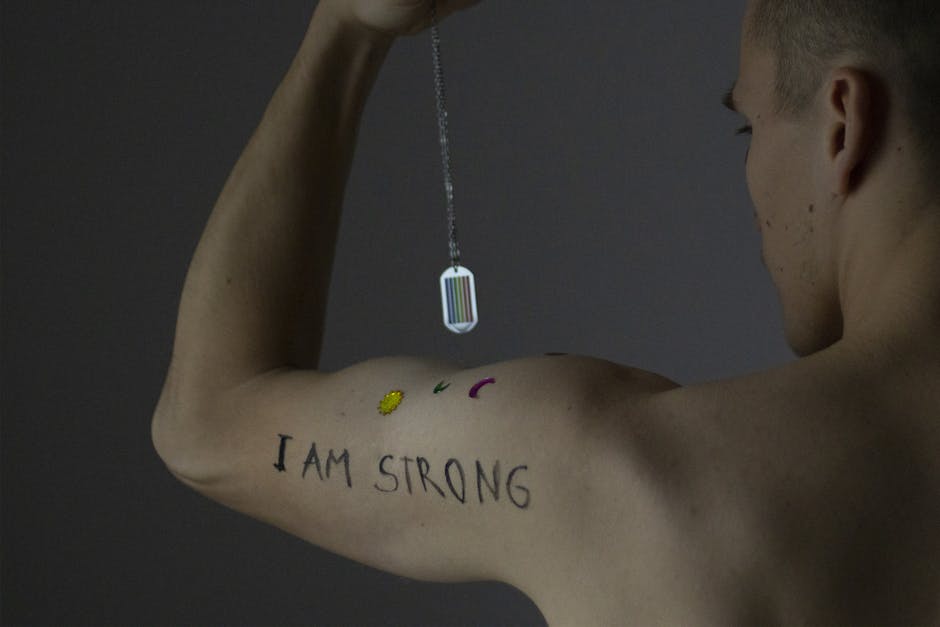Exploring Artistic Resilience Themes: Nurturing Creativity in Adversity
Art and resilience are two concepts that have been intertwined throughout history. The ability of artists to navigate and thrive in the face of challenges, setbacks, and uncertainties is a testament to the power of creative expression. In this article, we delve into the intricate world of artistic resilience themes, uncovering the resilience strategies artists employ, the impact of adversity on creativity, and the role of art in promoting well-being and healing.
The Roots of Artistic Resilience

Artistic resilience is rooted in the innate human capacity to adapt, transform, and persevere in the face of adversity. Artists often draw inspiration from their lived experiences, channeling their emotions, thoughts, and struggles into their creative work. The ability to confront and overcome obstacles, whether personal, societal, or environmental, lies at the heart of artistic resilience.
Throughout history, artists have demonstrated remarkable resilience in the face of adversity. From Vincent van Gogh’s struggles with mental health to Frida Kahlo’s resilience in the face of physical pain, artists have utilized their craft as a means of coping, healing, and transcending their challenges. The stories of these iconic figures serve as testaments to the power of art in fostering resilience and transformation.
The Intersection of Art and Well-being

Artistic expression has long been recognized for its therapeutic benefits, promoting emotional well-being, stress relief, and self-exploration. Through painting, music, dance, writing, and other forms of creative expression, individuals can tap into their inner resilience, find solace in times of distress, and rediscover their sense of purpose and meaning.
Research has shown that engaging in artistic activities can reduce anxiety, depression, and symptoms of trauma. The process of creating art allows individuals to externalize their internal struggles, gain a sense of control over their narratives, and connect with others in profound and meaningful ways. As such, art therapy has emerged as a powerful tool for promoting resilience, healing, and personal growth.
Cultivating Resilience Through Creativity

Artists often employ a variety of strategies to nurture their resilience and sustain their creative practices. These strategies may include establishing routines, setting boundaries, seeking support from peers and mentors, practicing self-care, and embracing failure as a learning opportunity. By cultivating a sense of discipline, perseverance, and self-awareness, artists can navigate the uncertainties of the creative process with resilience and grace.
Moreover, the act of creating art itself can be a form of resilience-building. By confronting challenges, experimenting with new ideas, and pushing the boundaries of their craft, artists can cultivate a sense of agency, mastery, and resilience in the face of adversity. Through their art, they can reimagine their stories, transform their pain into beauty, and inspire others to persevere in the face of hardship.
The Impact of Resilience on Artistic Creativity

Resilience plays a crucial role in nurturing and sustaining artistic creativity. Artists who possess high levels of resilience are better equipped to navigate the ups and downs of the creative process, weather criticism and rejection, and bounce back from setbacks with renewed energy and determination. By cultivating resilience, artists can tap into their creativity more freely, take risks, and explore new possibilities with confidence and resilience.
Moreover, resilience enables artists to adapt to changing circumstances, embrace uncertainty, and innovate in their creative practices. In times of crisis or upheaval, artists can draw upon their resilience to find new sources of inspiration, connect with their audiences in meaningful ways, and contribute to the collective healing and transformation of society. Through their creative resilience, artists can inspire hope, resilience, and positive change in the world.
Challenges and Controversies in Artistic Resilience
While artistic resilience is celebrated for its transformative potential, it is not without its challenges and controversies. Some critics argue that the emphasis on resilience in the arts can lead to a romanticization of suffering, a glorification of pain, and an expectation for artists to endure hardships in the pursuit of their craft. Others raise concerns about the pressure to constantly produce, perform, and innovate, which can undermine the well-being and creative freedom of artists.
Furthermore, the intersection of art and resilience raises questions about the commodification of creativity, the inequalities in the art world, and the role of privilege and access in shaping artistic resilience. As artists navigate these complex issues, they must critically reflect on their practices, challenge prevailing norms and narratives, and advocate for a more inclusive, equitable, and sustainable creative ecosystem.
Expert Opinions on Artistic Resilience
To gain further insights into the intersection of art and resilience, we turned to experts in the fields of psychology, art therapy, and creative expression. Dr. Sarah Johnson, a clinical psychologist specializing in trauma and resilience, emphasized the role of art in promoting emotional healing, self-discovery, and empowerment. She noted that creative expression allows individuals to explore their inner worlds, confront their fears, and cultivate a sense of agency and resilience in the face of adversity.
Dr. Maria Lopez, an art therapist and researcher, highlighted the transformative power of art therapy in promoting resilience, well-being, and social connection. She underscored the importance of providing individuals with safe, supportive spaces to express themselves creatively, process their emotions, and build resilience in the face of trauma and stress. Through art therapy, individuals can harness their innate creativity, resilience, and capacity for growth and healing.
Conclusion
To wrap things up, artistic resilience themes encompass a rich tapestry of creativity, perseverance, and transformation. Artists draw upon their resilience to navigate challenges, express their truths, and inspire others to find strength and solace in the face of adversity. By cultivating resilience through their art, artists can reimagine their stories, connect with their communities, and contribute to a more resilient, compassionate, and hopeful world.
As we explore the intersection of art and resilience, let us celebrate the resilience of artists, honor their voices, and support their creative endeavors. Let us recognize the power of art to heal, transform, and uplift, and embrace the resilience that resides within each of us. Together, we can harness the transformative potential of art to foster resilience, empathy, and positive change in our lives and communities.




